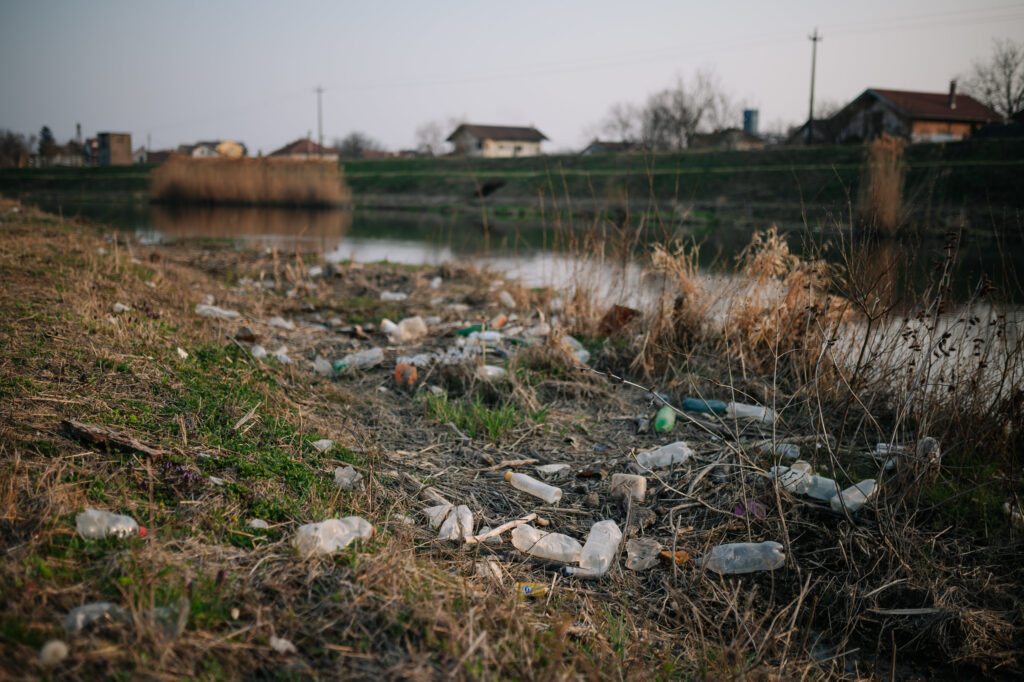
Plastic packaging waste is a global problem. It collects in the oceans, breaks down into microplastics, which are consumed by fish and in turn by people who eat the fish. Only 14.5% of U.S. plastic waste is recycled. Most of it ends up in landfills, where is remains undegraded for hundreds of years.
A new international study explored the global patterns of plastic packaging waste. The study found that three countries – the U.S., Brazil, and China – are the top suppliers of waste. In terms of supply, the Americas generate 41% of the world’s production of plastic waste, Europe 24%, and Asia 21%.
That’s the plastics supply. As far as the consumers actually creating waste are concerned, the Americas represent 36% of the world’s packaging consumption, Asia 26%, and Europe 23%.
Packaging high-protein food such as meat, fish, and dairy is a major contributor to the waste problem. Plastic for this purpose is hard to replace and international exports exacerbate the problem, accounting for about 25% of plastic packaging waste.
International agreements typically focus on restrictions and fees on production. But that mostly creates strong incentives to simply relocate polluting activities to developing countries, which is a zero-sum game. There need to be incentives for consumers to reduce plastic use such as taxes on waste management, refunds on returning bottles, single-use plastic bans, and so on.
Who can solve the plastic waste problem? Everyone along the supply chain as well as the final consumers have to be part of the solution for reducing plastic waste.
**********
Web Links
Producers and consumers must share burden of global plastic packaging waste
Photo, posted March 29, 2022, courtesy of Ivan Radic via Flickr.
Earth Wise is a production of WAMC Northeast Public Radio.
Leave a Reply